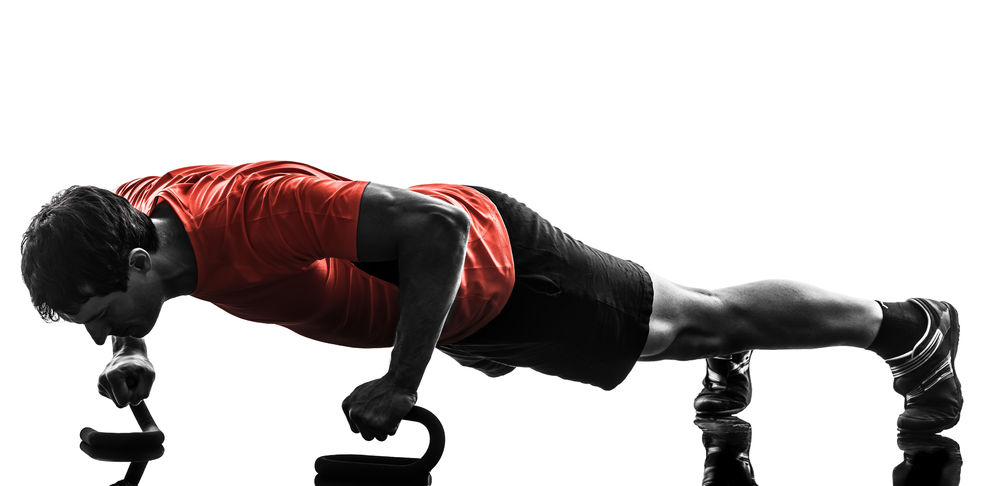Note that your final mark will not be saved in the system.
Types of training GapFill
You must fill all the gaps before clicking ‘Check Answers!’

Different types of athletes (e.g. footballers, gymnasts and hockey players) must carefully consider the type of training they adhere to, in order to improve specific components of fitness and their performance. There are multiple training types that they can use.
training involves numerous exercise stations that can be adapted to the athlete's training needs or to target specific muscle groups. For example, an athlete working on could spend one minute doing press-ups, have a 30-second rest and then move on to another station to do one minute of rowing.
training involves working for a sustained period of time (e.g. at least 20 minutes) without . Also known as steady state training, it is a valuable training method for improving . Examples include running, swimming and cycling.
training involves exercise that varies the , terrain and work:recovery ratio. An example of this may be walking, running and sprinting around a 400 m track. This is valuable for games players as it works both the aerobic and energy systems. This is similar to training which involves periods of high-intensity exercise followed by periods of rest and recovery.
stretching involves holding a muscle in a stretched/lengthened position for a period of time (e.g. 30 seconds). This type of training can be used as part of the warm-up along with other training types, and is useful for all athletes as it improves .
training uses free weights to target and improve specific muscles or muscle groups. Each training session involves lifting weights for a specific number of (number of times the movement is performed) and sets (number of times reps are performed). This training type is useful for improving power, strength and . It is important when completing this training type that the athlete practises safe technique and that spotters are used when lifting heavy weights.
training involves bounding and jumping exercises in order to improve power. It involves an eccentric movement (lengthening of the muscle when contracting), followed by a larger concentric movement (shortening of the muscle under contraction).